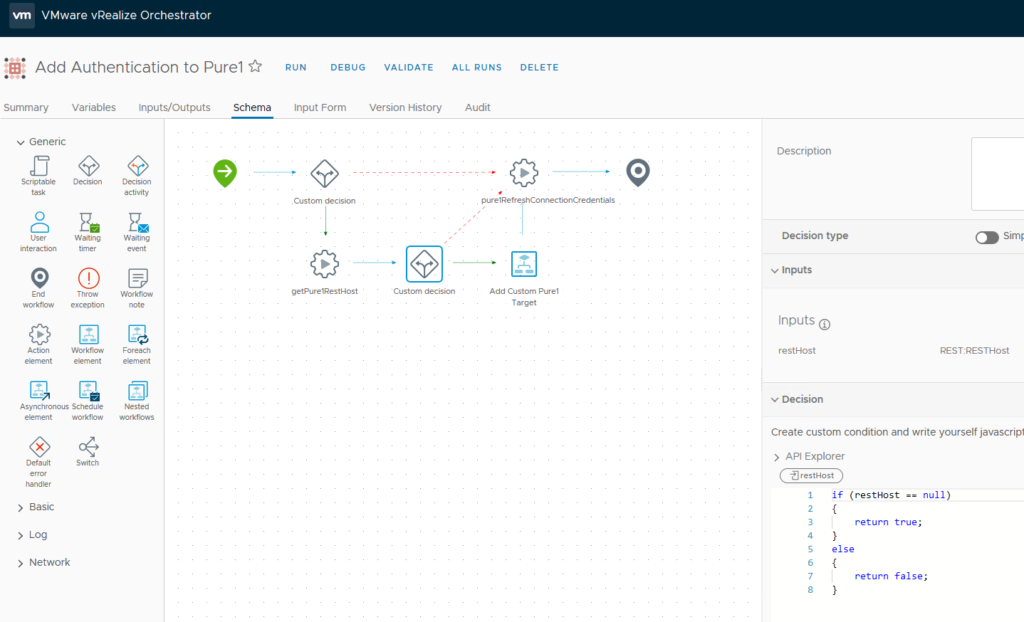Phew that title is a mouthful. Sorry about that. But at least you know what I’m gonna talk about here. Nothing particularly profound, but obviously something every customer must do. I’ve been on a solid PowerShell kick as of late so why not put pen to paper here.
So whether you are using VVols or VMFS (or gross: RDMs) you need to do a bit of prep work to get things up and running. I will likely write a post on doing this with the vSphere Client Plugin, but for now let’s focus on doing it with PowerShell.
So step one is to install the PowerShell module that will help you. This is hosted on the PowerShell Gallery, so it is fairly simple to install:
install-module PureStorage.FlashArray.VMware
If you already have it installed, don’t forget to pull the latest version:
update-module PureStorage.FlashArray.VMwareContinue reading “Configuring an ESXi cluster for storage provisioning for a FlashArray via PowerShell”



